This discovery is considered one of the greatest archaeological finds of the 20th century. Ötzi the Iceman is a well-preserved 5,300-year-old mummy. It caused an international sensation when it was excavated from a glacier high in the Italian Alps. Read on Joy-pup what was the life of one of the most ancient prehistoric man.

How and where was Ötzi found?
On September 19, 1991, tourists Helmut and Erica Simon stumbled upon the corpse of Ötzi the ice man. It was so well preserved that at first they thought it was a dead climber. An ancient man died in the freezing Alps at an altitude of 3200 meters above sea level, which made it possible to carry out his natural mummification. Not only his body was preserved, but also items of clothing with tools. The body found in the ice was called Ötzi the ice man, which refers to the place of discovery – the Ötztal Alps.
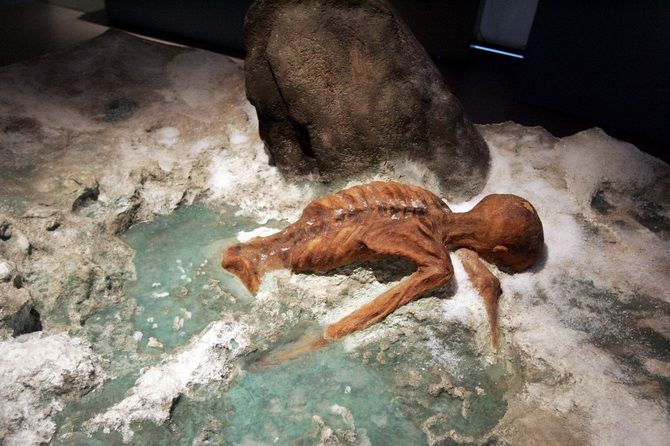
Ötzi was a so-called “wet” mummy, the preservation of which was the result of a series of completely incredible circumstances. He was perfectly preserved thanks to the storm that covered him with snow and ice, which left his organs and skin intact.
Scientists have found that Ötzi was a short man about 160 cm tall and weighing 50 kg. He had a long beard and hair, and a muscular body covered in tattoos. He died at the age of 46, which was considered old age at the time. He had a very muscular body with a minimum of subcutaneous fat, apparently accustomed to long mountain transitions. Pollen found in his stomach confirmed that he had died in the spring or summer, but was not ready to die.
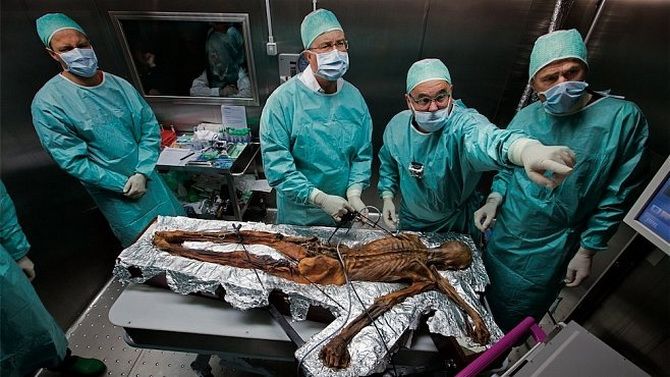
Ötzi’s body was examined for 30 years and the initial conclusions about the cause of death were freezing. However, further research proved that at the time of his death, an arrowhead was stuck in his left shoulder. Upon a detailed examination, anthropologists found craniocerebral injuries, bruises, cuts on the arms, wrists and chest. Therefore, it has been speculated that the ice man bled to death after being hit by an arrow that broke his shoulder blade and damaged his blood vessels.
In addition, DNA analysis showed that Ötzi was not alone at the scene, as traces of blood from 4 more people were found. He also wounded his enemies, but died from his injuries himself. The position of the mummy’s body indicates that he probably wanted to ease his pain and remove the arrow from the wound.
Diseases and tattoos Ötzi
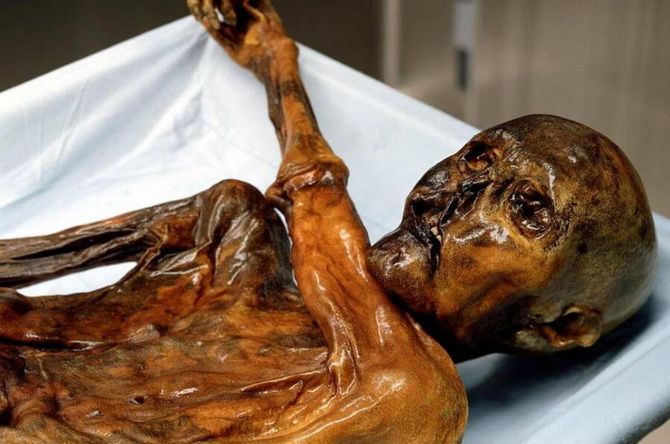
Ötzi’s body underwent a whole range of examinations, including x-rays, computed tomography, magnetic resonance imaging and DNA sampling. And the range of his ailments was very diverse. The last months of his life were not happy – there were grooves on the nails, indicating severe stress, probably from a lack of food. Despite a flexible and well-built body, Ötzi was in poor health. He suffered from back and joint pains, namely in the pelvis, ankles and knees, which, apparently, was caused by frequent hiking in the mountains.
He had a genetic predisposition to atherosclerosis and a rare anomaly that interfered with the formation of the twelfth pair of ribs. During his life, he broke several more ribs and his nose. Ötzi suffered from extensive tooth decay and sore gums, and he had to avoid dairy products entirely due to lactose intolerance. Helicobacter pylori, a pathogenic bacterium that caused ulcers, was rampant in his stomach, and the intestines were colonized by a human tapeworm, a parasite that caused incessant diarrhea. Scientists have identified the presence of the bacterium Borrelia burgdorferi, which likely makes Ötzi the oldest known patient with Lyme disease.
He had strange tattoos in the form of a bunch of lines or crosses in the amount of 61 pieces. These tattoos were created from pigment made from ash or soot. They were located on the left wrist, lower back, right leg and left leg. The use of x-rays revealed that Ötzi suffered from arthritis in these areas of the body. He may have been trying to treat the disease with tattoos, which could act like acupuncture.
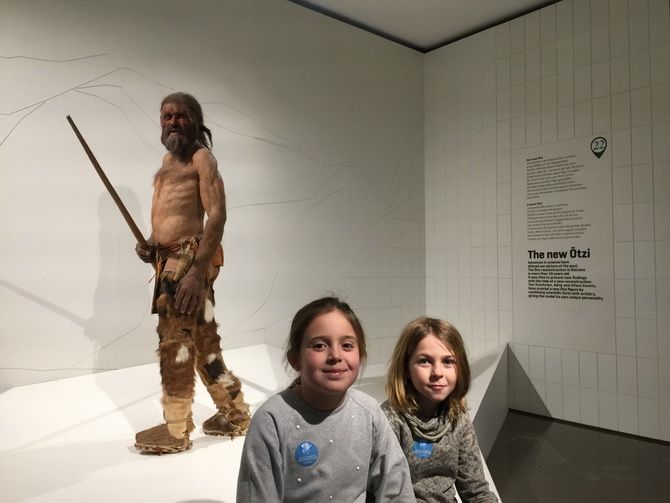
The mummy of the ice man Ötzi is in the Archaeological Museum of South Tyrol in Bolzano (Italy). Research into his body is far from complete. Further research could focus on body mobility, information about the immune system, microbiological research, etc. Each year, the museum receives an average of 10 to 15 requests for its study.
See also: 10 mysterious artifacts that raise a lot of questions.

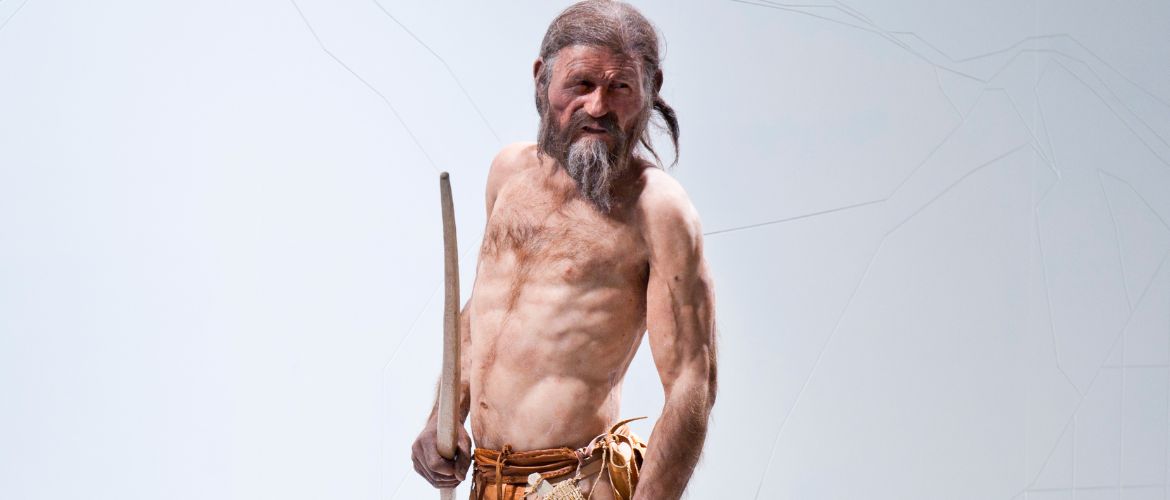

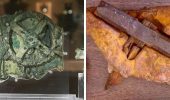


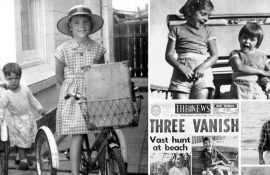
Only registered users can leave comments